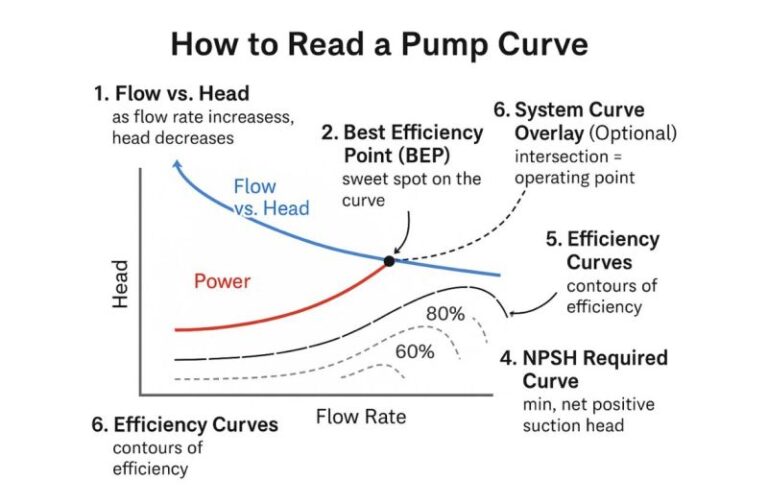Transient Recovery Voltage (TRV)
- The voltage that appears across the contacts of a circuit breaker after current interruption. It occurs when the circuit breaker interrupts the flow of current during a fault condition, such as a short circuit.
- The TRV capability curve ensures that the circuit breaker can reliably interrupt faults under various system conditions without sustaining damage.
- The shape and characteristics of the TRV capability curve vary depending on factors such as the design of the circuit breaker.
There are two models used to represent the TRV capability curve of a circuit breaker:
- Four-Parameter Model: This model represents the TRV capability curve using four parameters, such as two peak values and time durations.
2. Two-Parameter Model: In contrast, the two-parameter model simplifies the representation of the TRV capability curve by using only two parameters, such as one peak value and time duration.
IEC 62271 and IEEE C37.011 define parameters for TRV capability curves, considering various system voltages and operating conditions.
